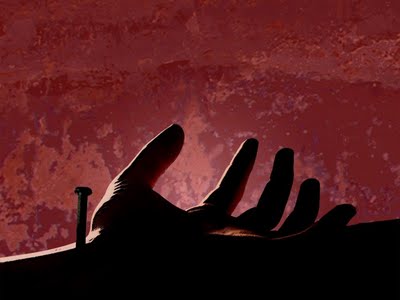‘Images’ of salvation (or of the atonement) is a better term than ‘theories’. For theories are usually abstract and speculative concepts, whereas the biblical images of the atoning achievement of Christ are concrete pictures and belong to the data of revelation. They are not alternative explanations of the cross, providing us with a range to choose from, but complementary to one another, each contributing a vital part to the whole. As for the imagery, ‘propitiation’ introduces us to rituals at a shrine, ‘redemption’ to transactions in a market-place, ‘justification’ to proceedings in a lawcourt, and ‘reconciliation’ to experiences in a home or family. My contention is that ‘substitution’ is not a further ‘theory’ or ‘image’ to be set alongside the others, but rather the foundation of them all, without which each lacks cogency. If God in Christ did not die in our place, there could be neither propitiation, nor redemption, nor justification, nor reconciliation. In addition, all the images begin their life in the Old Testament, but are elaborated and enriched in the New, particularly by being directly related to Christ and his cross.
John R. W. Stott

